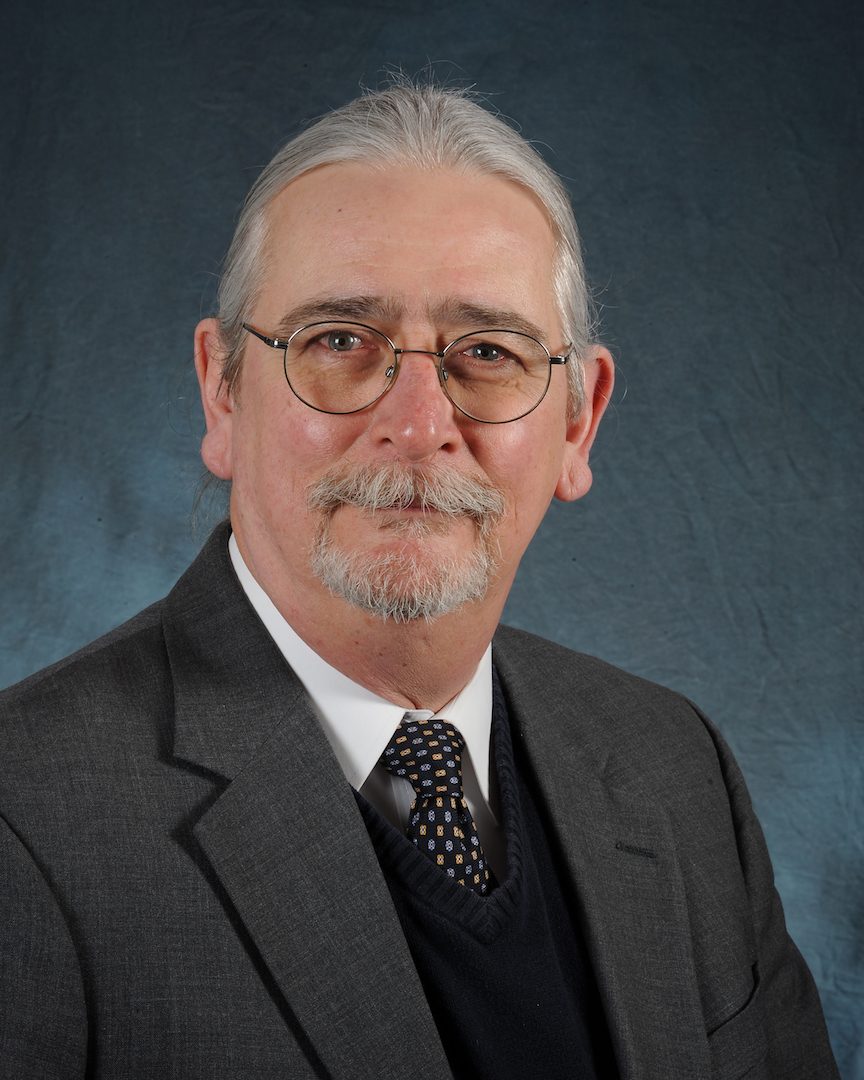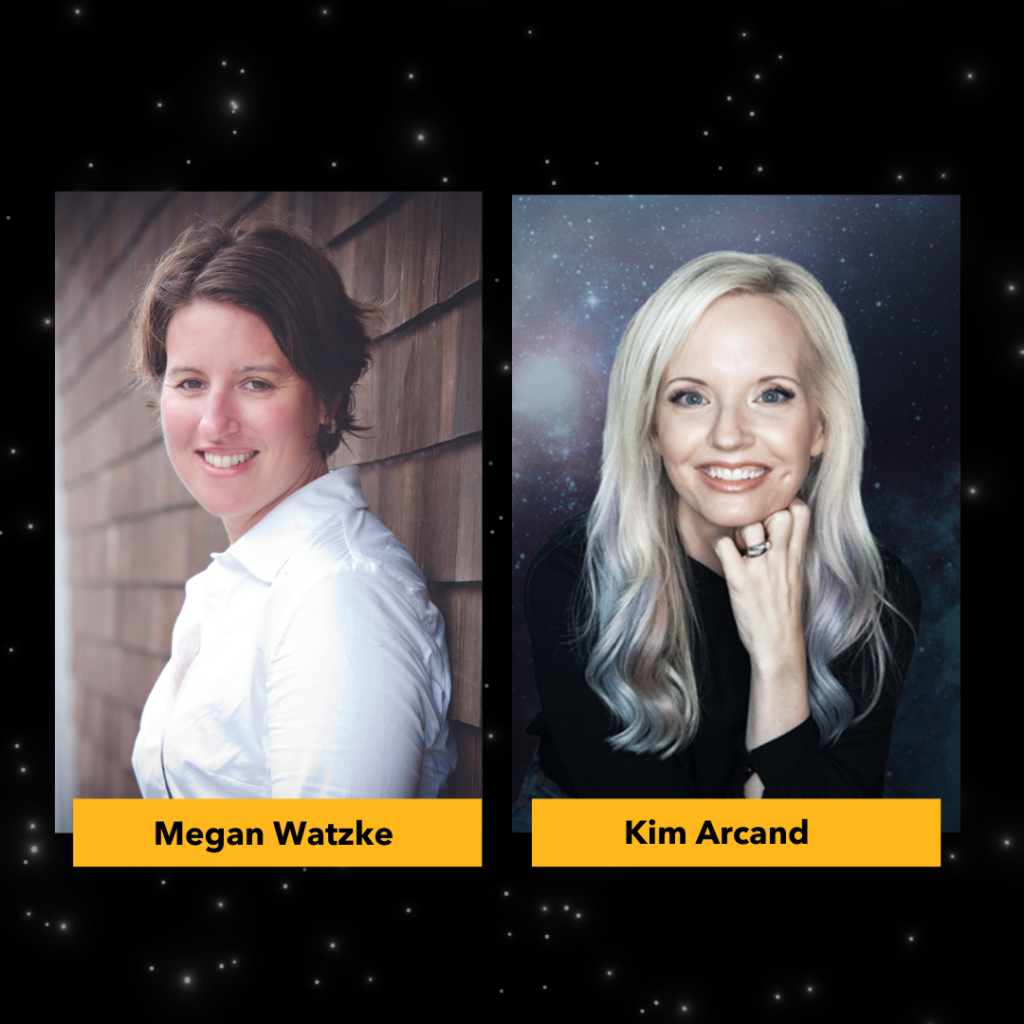This past April, I started my 50th year of working with and for persons with disabilities.
With a goal of becoming a teacher out of undergrad, I started out as an O&M instructor at a state rehab center Kentucky, and then went to graduate school to become an O&M Specialist. From there, I moved on to private rehab services in Charlotte, the Veteran’s Administration in Texas, state rehab in NC, then to UNC Chapel Hill. I retired from UNC in 2013 and now consult for the Association on Higher Education and Disability (AHEAD) and other organizations.
All along the way, I have always had the opportunity to teach – everything from the O&M skills to help blind and visually impaired students travel independently to conveying to a community in the University that equal access was a right, not something that had to be proven through documentation.
Changing our name – and our philosophy – from “Disability Services” to “Accessibility Resources” was critical. We went from simply accommodating to making the campus (programs and facilities) accessible for everyone.
Innovating Accessibility with “Wordmaps”
At Carolina, I would often send emails with written routes of travel to blind and visually impaired students who were pretty familiar with campus. That became the genesis of “wordmaps.”
When I stepped down from the leadership at AHEAD, I was asked to provide O&M services to conference participants, and I expanded the concept of the wordmap to include guest rooms, hallways, elevators/escalators, restaurants/bars, gyms/spa/pools, and conference areas.
If there was more than one hotel used at a conference, then routes of travel between hotels and convention centers were included as well.
The basic philosophy was that everyone should have the same access to all of the information at conference.
Hotel/conference center maps were included in the conference materials, and wordmaps would provide similar information. However, there would also be other information provided that is simply assumed by the sighted community. Things like where to find room phones, TV remotes and electrical outlets or what type of curtains a room has and how the shower operates. I’d also ideally include a systematic organization of shampoo, conditioner and body lotion (which are typically all in similar shaped/sized tubes).
How Wordmaps Work
Wordmaps are Microsoft Word documents accessible via a screen reader and are developed based on the principals of orientation – the relationship of one place to another and the identification and use of landmarks.
Wordmaps go from Macro (the building has X number of entrances, floors, and identifying the functions on each floor) to the Micro (a systematic description of each floor and individual offices/functions on each floor). The description includes service functions, water fountains, and restrooms – location of urinals/stalls, type of flush mechanism, sinks (type of spigot), location of soap, paper towels and trash.
Wordmaps for a campus are constructed in an Excel format with each line being a building; the second column describes function (administrative, academic, residence hall). In the Macro function, a building’s location is described via its relationship to surrounding buildings and parking lots so that the user can get an understanding of a broader sense of campus. With that knowledge, the traveler can cut/paste buildings and create individual routes.
Technologies are augmenting independent travel, and anything that assists people to travel independently is great.
What a joy it has been to be a part of teaching and assisting others in developing skills to become independent travelers and learners, and helping communities become accessible to everyone.
Along the way I have made some great friends (old and new) and shared many things.
Jim has worked in private and public rehabilitation agencies serving the blind and visually impaired, the Veteran’s Administration and in various capacities of disability services within higher ed. He has a wealth of experience in implementing accommodations and ensuring access for individuals with disabilities on campus.
He was a founding member of the North Carolina Association on Higher Education and Disabilities (NCAHEAD), serving as President from 1996-97, and served as President of the AHEAD from 2004-2006. He now works with the organization in a consulting capacity. Jim presents frequently at conferences on topics including O&M, accessible event planning, and wordmaps.



